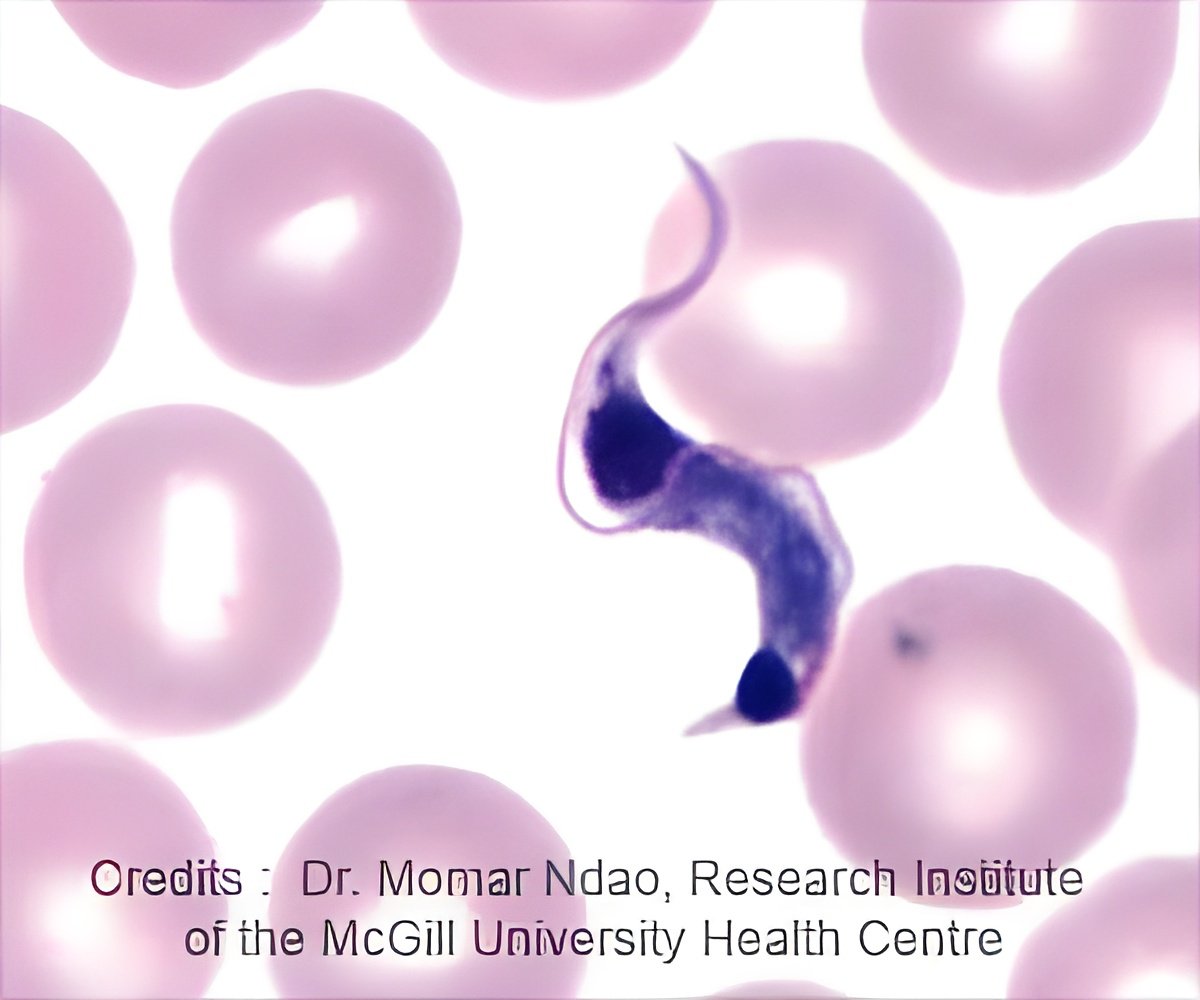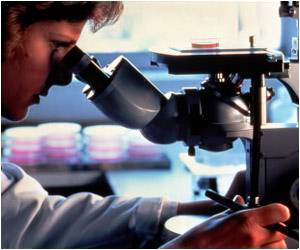Stronger treatments may cure Chagas disease, but less frequent drug doses could be key, finds a new study.

‘Chagas disease is a potentially life-threatening illness affecting nearly 300,000 people in the United States.’
Read More..




A single dose of benznidazole has been shown to be highly effective in killing more than 90% of parasites. However, after a CTEGD team found some of the parasites enter into a dormancy stage, the researchers hypothesized that an intermittent treatment schedule could be effective. Read More..
“In this system, we can see what a single dose of drug does,” said Rick Tarleton, Regents’ Professor in UGA’s department of cellular biology. “Does it make sense to give a drug twice daily when the remaining dormant parasites are insensitive to it?”
The investigators found that giving as little as two-and-a-half times the typical daily dose of benznidazole, once per week for 30 weeks, completely cleared the infection, whereas giving the standard daily dose once a week for a longer period did not.
“Current human trials are only looking at giving lower doses over a shorter time period, which is the exact opposite of what we show works,” said Tarleton.
Since Tarleton’s team worked with a mouse model, how this change in treatment regimen will translate in humans is yet unknown, as are any potential side effects of the higher doses. Adverse reactions already are a problem with current treatments; the hope is that side effects from a less frequent dosage would be more tolerable.
Advertisement
“With light-sheet fluorescence microscopy, you have a broad view of potentially any tissue in the mouse that allows for dependable assessment of parasite load and persistence,” said Tarleton. “It gives you an incredible view of the infection.”
Advertisement
“Discovery of new drugs should continue,” Tarleton said. “We still need better drugs.”
Co-led by assistant research scientist Juan Bustamante and research professional Fernando Sanchez in Tarleton’s research group.
Source-Newswise











